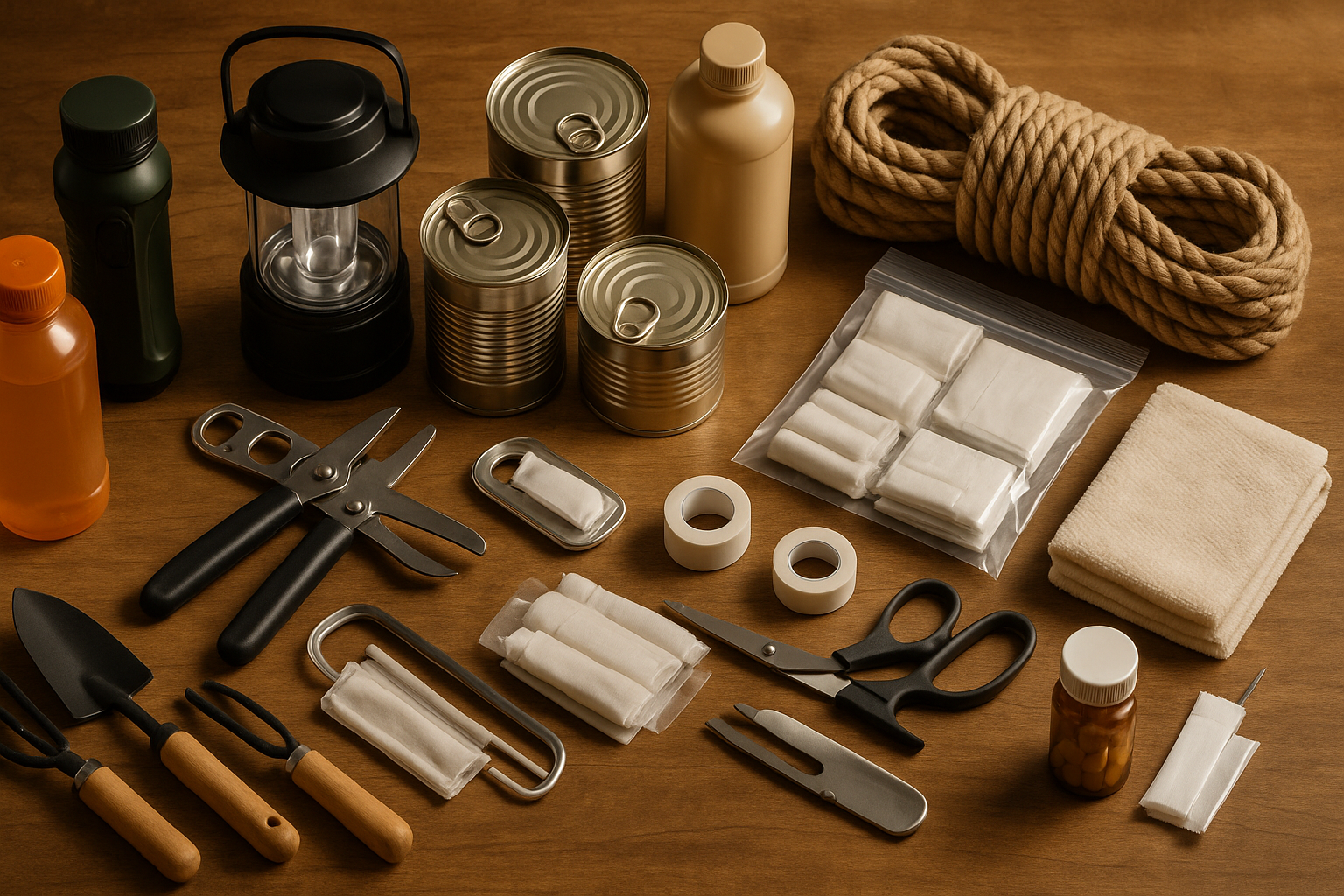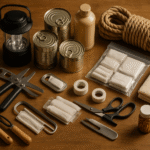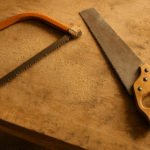When the unexpected happens — a power outage, a supply shortage, a storm that lasts longer than predicted — what keeps a household steady isn’t luck, but readiness. In an age of uncertainty, people are rediscovering the value of being self-reliant, of having the right tools and knowledge to handle emergencies with calm and confidence. For most, preparedness isn’t about panic; it’s about practicality. It’s about building a home that can sustain itself, even when systems falter.
The first step toward food security starts with simplicity — having the means to store, prepare, and preserve. Tools like manual can openers, solar-powered cookers, and water filtration systems have quietly re-entered the modern household. They don’t rely on electricity or fragile infrastructure, making them essential when the grid goes down. Families who once depended solely on convenience appliances are learning from older generations, combining technology with tradition. In rural workshops and urban apartments alike, people are assembling their own kits, balancing modern gadgets with timeless basics that work anywhere, anytime.
For those who grow or store their own food, the right hand tools make all the difference. Hand trowels, pruning shears, and compact multi-tools become vital for small-scale gardening, allowing homeowners to sustain vegetable patches or container setups even in tight spaces. It’s a quiet but meaningful movement — people turning back to the earth, not for luxury, but for stability. Guides from organizations like the U.S. Department of Agriculture have helped many understand how to create efficient micro-gardens, compost systems, and storage solutions. And while not everyone has space for a full plot, knowing how to grow even a portion of one’s food is a lesson in resilience.
Food storage and preservation are another cornerstone of preparedness. Basic equipment like vacuum sealers, mason jars, and dehydrators help extend shelf life, while small solar panels or crank-powered freezers can keep essentials cold when the power cuts out. The return to these analog methods — drying herbs, sealing grains, fermenting vegetables — connects modern households to an older rhythm of life. It’s a reminder that craftsmanship isn’t limited to workshops; it exists in the kitchen, too, in every act of care and resourcefulness.
Of course, having the right tools is only half the story. Maintenance and awareness complete the circle. Just like a mechanic keeps their equipment in top condition, every homeowner benefits from knowing how to keep tools clean, sharp, and safe. A dull blade or rusted hinge can fail when it’s needed most. The same maintenance mindset that keeps a workshop running smoothly applies here: inspect regularly, clean after use, and repair rather than replace. These small habits not only extend the life of equipment but also foster a sense of control — something that matters deeply in uncertain times.
Preparedness also means planning for access and safety. Simple lighting tools like LED lanterns, rechargeable flashlights, and crank radios provide visibility and communication when infrastructure fails. Fire extinguishers, thermal blankets, and compact first aid kits fill the rest of the foundation. Many emergency experts, including those at the Federal Emergency Management Agency, recommend combining these basics into an easy-to-reach home safety corner. It’s not about stockpiling, but about efficiency — knowing where everything is and how to use it under pressure.
Over time, this practical approach changes how people see their homes. What was once just a living space becomes a self-sustaining system — a place that can adapt to shortages, weather extremes, or disruptions. And just like in any well-equipped workshop, the confidence that comes from having reliable tools translates into peace of mind. Being prepared isn’t about expecting disaster; it’s about respecting uncertainty and meeting it with skill, care, and readiness.
Building that kind of resilience begins with simple actions: organizing a small emergency kit, maintaining tools, and learning how to work with what’s already available. In a world where supply chains can falter overnight, the ability to fix, grow, or preserve even a little goes a long way. Preparedness, at its heart, is a form of craftsmanship — a steady, thoughtful discipline that keeps both people and homes strong when the world outside feels unpredictable.









